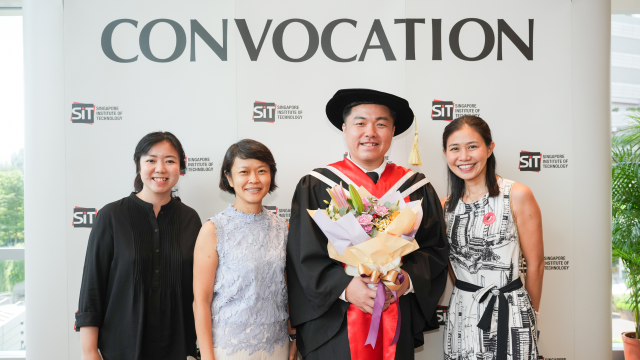The Singapore Institute of Technology is proposing a new approach to upskilling and education that shifts the focus from paper qualifications to certified skills and competencies. At SIT’s Applied Learning Conference 2023, education and workforce development experts explored how this approach could help individuals thrive in a lifetime of careers.
Traditionally, the university system has taken a “sage on the stage” approach to teaching. This approach, according to Professor Chua Kee Chaing, President, Singapore Institute of Technology (SIT), tends to produce passive learners, where students absorb information just by listening to lectures.
But the world today is changing. Mr Tan Kok Yam, Chief Executive, SkillsFuture Singapore, highlighted how individuals today are starting to see substantive changes in the capabilities needed to harness technologies like generative Artificial Intelligence (AI).
“With this churn in skill and competency needs, the response is to have a ‘mobile’ labour force. The skills that you know or the job that you have right now may not be required in the future, or [the job] may require different skills altogether,” he explained. “It is therefore important to give people the confidence and support to move from one job [to another] through skills acquisition and help them to adjust to the new needs of the economy.”
Chua concurred, highlighting how universities today need to train workers for a lifetime of careers instead of a career of a lifetime. “We need to pursue lifelong learning. People have to keep coming back for new skills and new knowledge,” he added.
Chua and Tan were both speaking at a panel discussion titled ‘SIT Perspectives: Revolutionising Education for a Stronger Talent Pool’, held as part of the university’s Applied Learning Conference (ALC) in July this year. At the panel, Chua and Tan joined other workforce and education experts to explore how education and upskilling can adapt to an ever-changing world.

On the panel: (From left to right) Mr Tan Kok Yam, Chief Executive, SkillsFuture Singapore; Dr Charla Long, President, Competency-Based Education Network; Professor Chua Kee Chaing, President, SIT; Dr Lisa McIntyre-Hite, Founder and Principal, Learning Ecosystem Design; Associate Professor May Lim, Assistant Provost (Applied Learning), SIT. (SIT Photo)
Introducing: Competency-based Education
Competency-based education (CBE) focuses on imparting the relevant knowledge and skills that individuals need at specific junctures in their careers and on ensuring that they can apply these skills. This would mean individuals can apply the skills and knowledge that are required in their specific role and industry, highlighted Dr Charla Long, President, Competency-Based Education Network (C-BEN), during the panel.
The concept is similar to the training doctors receive, SIT’s Chua explained. Besides learning about theory in universities, doctors are required to go through on-the-job training after graduation. But many companies today do not have the capacity to devote additional months to train fresh graduates who join them immediately after graduation, he said. As such, employers expect university graduates to hit the ground running.
This is where CBE comes in. “It enables learners to identify and address their skills gaps more effectively, thus ensuring that they know what competencies they need to be able to perform on the job,” Chua said.
To drive CBE in Singapore, SIT announced the launch of the SIT Teaching and Learning Academy (STLA, pronounced ‘stellar’) during the conference. The academy is poised to continue developing SIT’s focus on enabling lifelong learning through CBE.

CBE focuses on imparting the necessary knowledge and skills that individuals will require at different points in their careers, and ensuring that they can apply these skills. (Photo: Shutterstock)
The academy focuses on upskilling and reskilling programmes for in-employment learners based on the principles of CBE. This is an educational approach that focuses on mastering skills and knowledge through demonstrating proficiency in specific competencies, explained Chua.
“CBE, when done well and intentionally, can supercharge personalised learning,” added Dr Lisa McIntyre-Hite, Founder and Principal, of learning solutions provider Learning Ecosystem Design.
By using competencies as a common language, employers and educational institutions can take a methodical approach to assessing and validating each competency a learner has. Organisations can then implement formal assessments to assess that a learner can demonstrate a specific competency, as well as identify if learners are struggling with any concepts, she explained.
These insights form valuable data points for institutions to tailor the curriculum for learners to help them bridge the gaps.
Academic faculty can also use technology and data from analysing the learner’s assessment to evaluate progress, Dr McIntyre-Hite added. She described how faculty could determine a learner’s engagement and interest based on how much time the latter spends on a digital learning resource, which can then inform institutions to make changes to the content if needed.
Recognising Existing Skills and Competencies
Underpinning its efforts in CBE, STLA will spearhead an innovative Recognition of Prior Learning (RPL) framework for greater efficiency in attaining new competencies and qualifications.
This works by evaluating an individual’s competence in different skill sets relevant to the course of interest. If they meet the requirements, they will be granted credit waivers in the programme of study, allowing them to skip selected modules or courses.
“The recognition of prior learning paves the way for easier access to formal education, especially for those with extensive work experience and competencies gained from training and certifications,” Chua said in his opening remarks at the ALC.
He later explained in the ‘SIT Perspectives’ panel session that in the traditional university system, everyone enrolling in the course typically begins on the same blank page. But that is unfair to individuals who may already have some knowledge of the subject matter.
“RPL is extremely important because we don't want the learner to keep repeating their learning of what they already know,” he said. For learners who have already done time in the workplace, they may have acquired different skills that sets them apart from other learners in the same programme.
RPL works alongside CBE to recognise these competencies and tailor the lessons accordingly. With CBE, institutions are able to accurately identify the level of competence an individual has, Chua said. Then, the RPL framework grants them the corresponding credits, allowing them to shorten their time spent in formal education, or devote their time to honing and perfecting their desired skill sets.
Individuals who wish to make a mid-career switch are unlikely to want to start all over again and take up a three-year course in university, Tan explained. How institutions can recognise the skills that learners may already have for the course they are studying for, and provide a top-up of new skills, is an important enabler of a mobile labour force, he added.
Bridging the Industry-Academia Gap
Formal recognition and certification of such competencies also allow learners to better communicate their skills to prospective employers, helping employers to better assess the candidate’s suitability for a role. This reduces the reliance on formal academic qualifications, shifting the focus instead to skills-based hiring that opens the door to a more diverse pool of candidates, Chua explained.
SIT hopes to complement RPL by changing how transcripts are delivered. As opposed to just showcasing academic grades, Chua shared that the university will also include a chart that maps a graduate’s growth in acquiring transferable skills from when they first enrolled, and from the point of graduation. The skills on these charts will be assessed not just by formal learning, but also informal settings through on-campus activities such as school clubs and sports.
“Such charts can be useful for a graduate to share with a prospective employer regarding both his/her capabilities in disciplinary knowledge, as well as the transferable skills that the individual has developed holistically in their educational journey with the university,” he explained.
The RPL framework will be implemented in the first intake of SIT’s Competency-based Stackable Micro-credentials (CSM) pathway, which will begin in September this year. This first batch will comprise nearly 50 in-employment learners across two micro-credentials: ‘Digital Logic and Computing Foundations’ and ‘Computer Networking and Network Security’.
This article was first published in GovInsider.
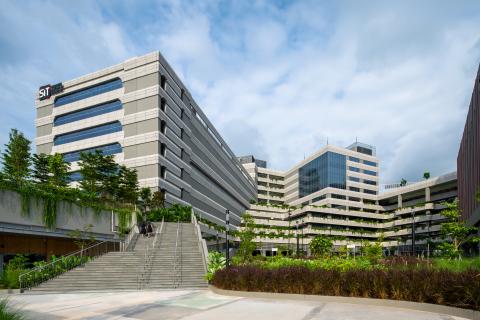
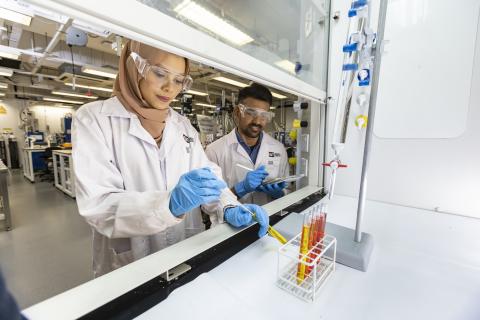




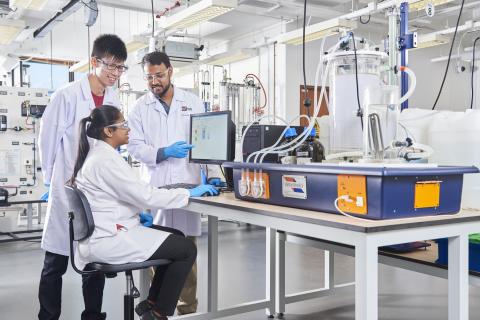
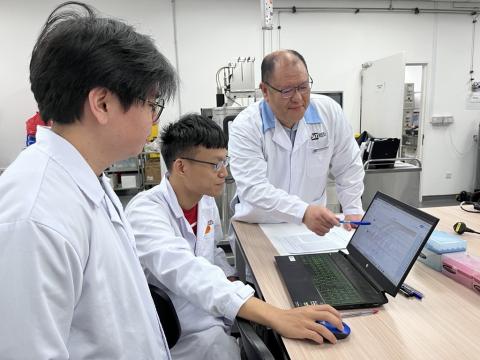


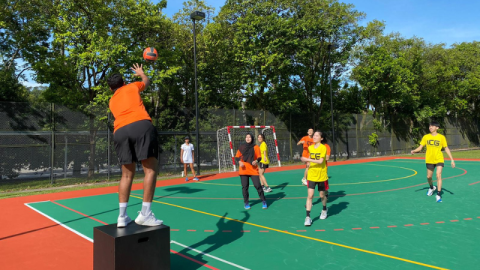

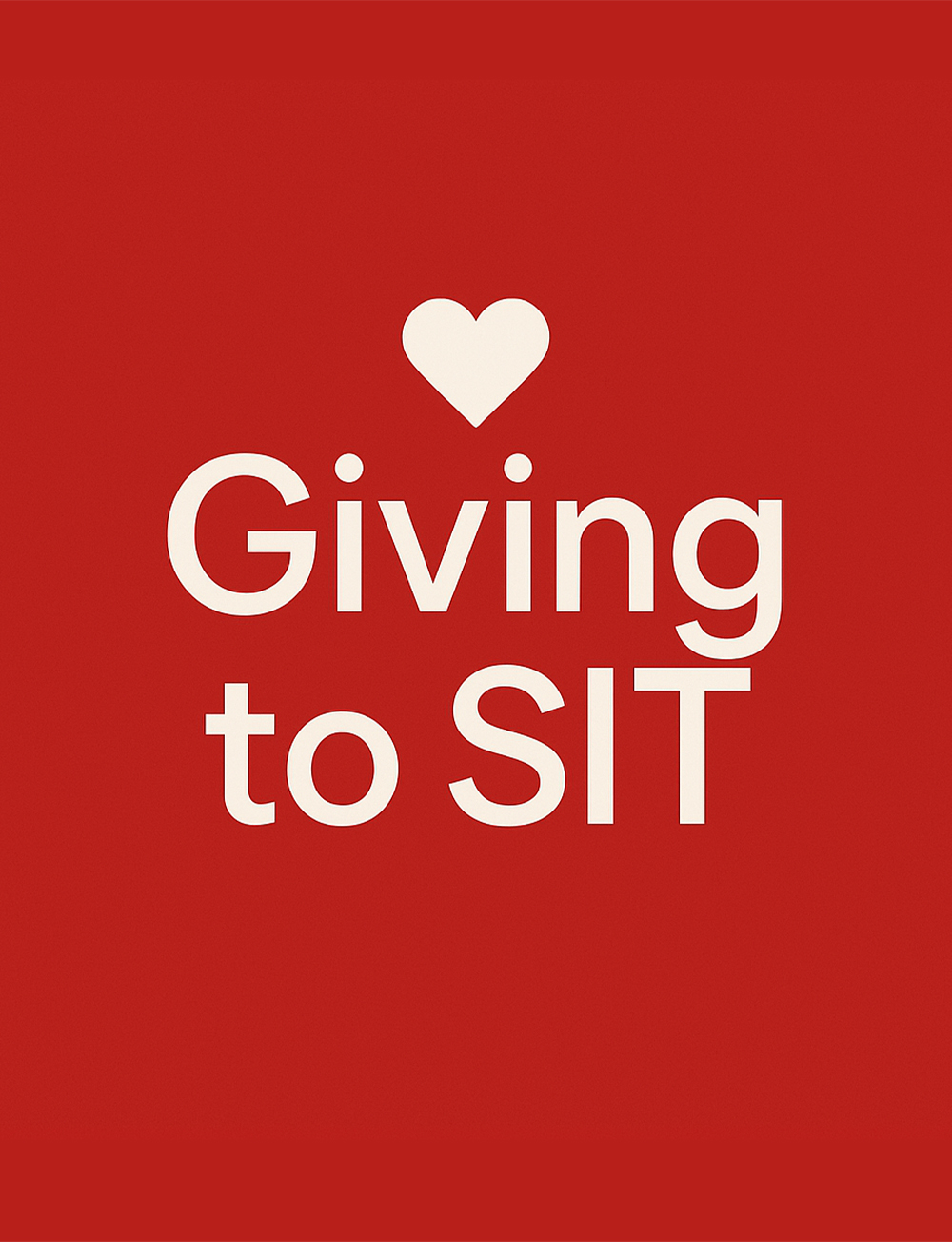


![[FA] SIT One SITizen Alumni Initiative_Web banner_1244px x 688px.jpg](/sites/default/files/2024-12/%5BFA%5D%20%20SIT%20One%20SITizen%20Alumni%20Initiative_Web%20banner_1244px%20x%20688px.jpg)


